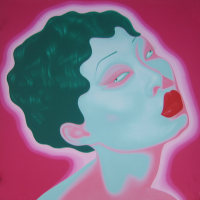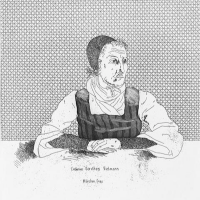
What is authenticity?
Authenticity describes the qualities owned by an original artwork. A reproduction of the same artwork does not have authenticity because it was not created by the original artist, under the same original circumstances. Authenticity of an original can become questioned once reproduced, lowering its value.
Image © Lewis Keegan / Unsplash
Show All
- Show All
- Established
- Discoveries
Show All







